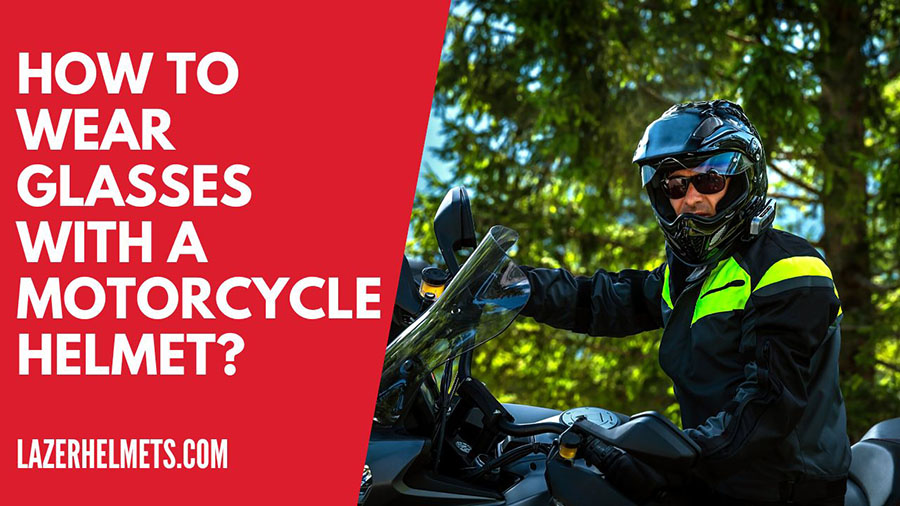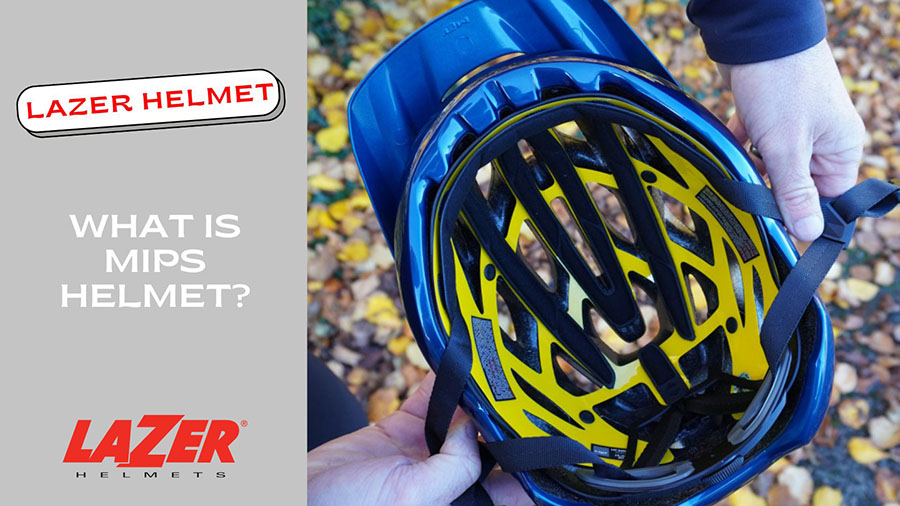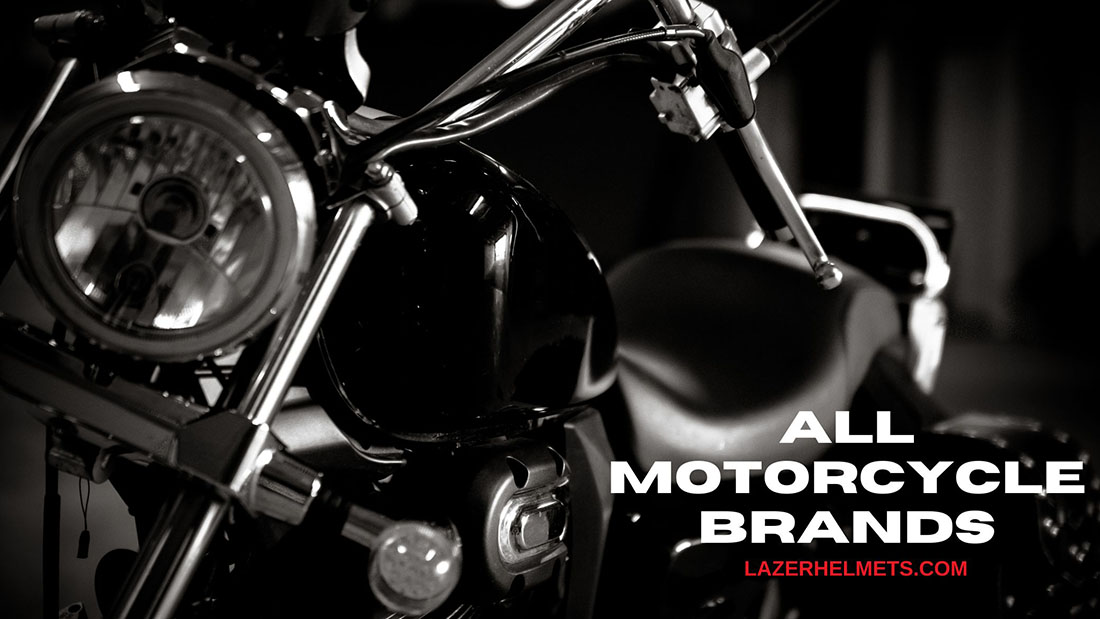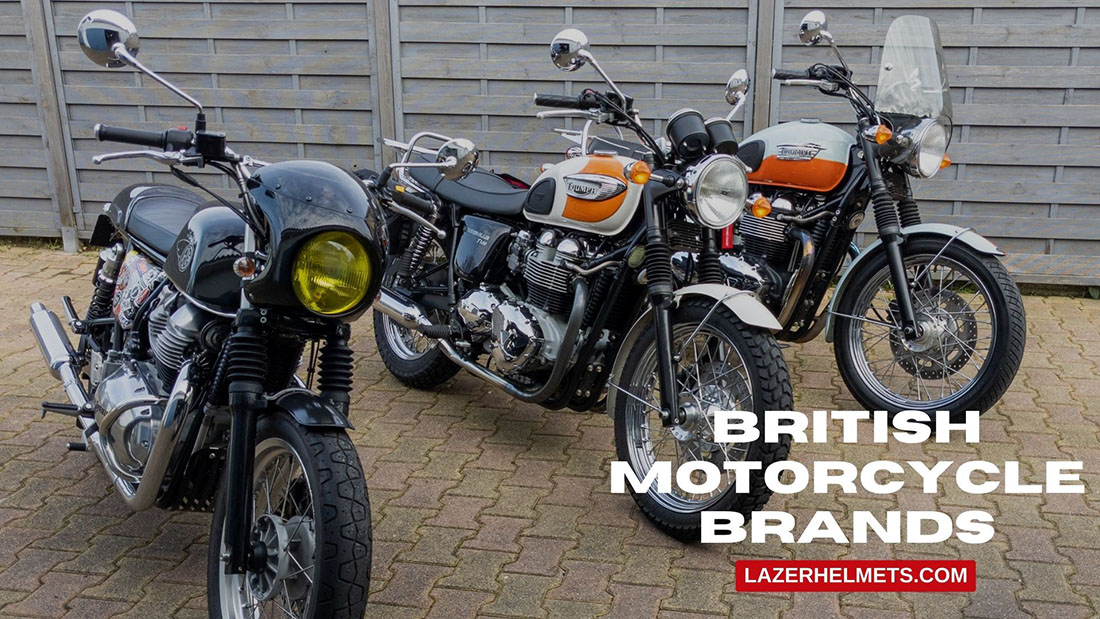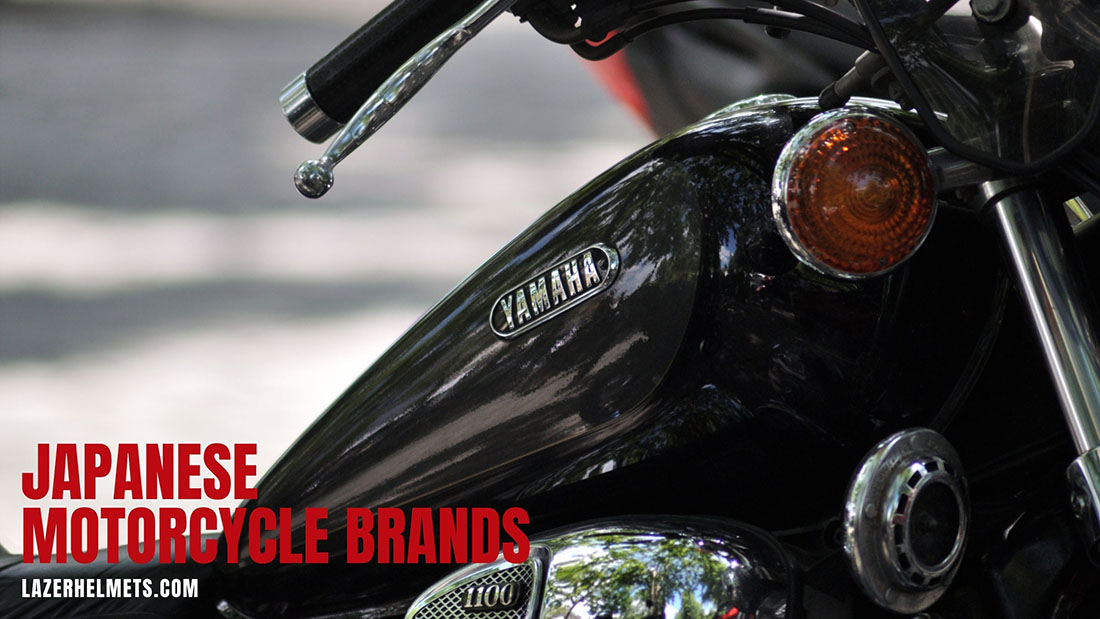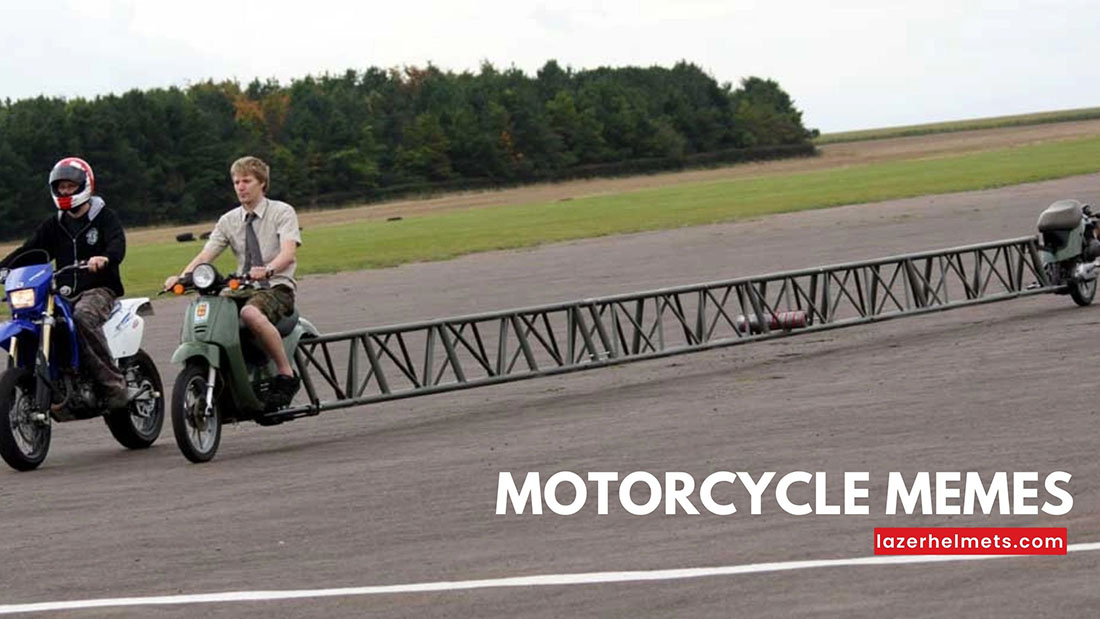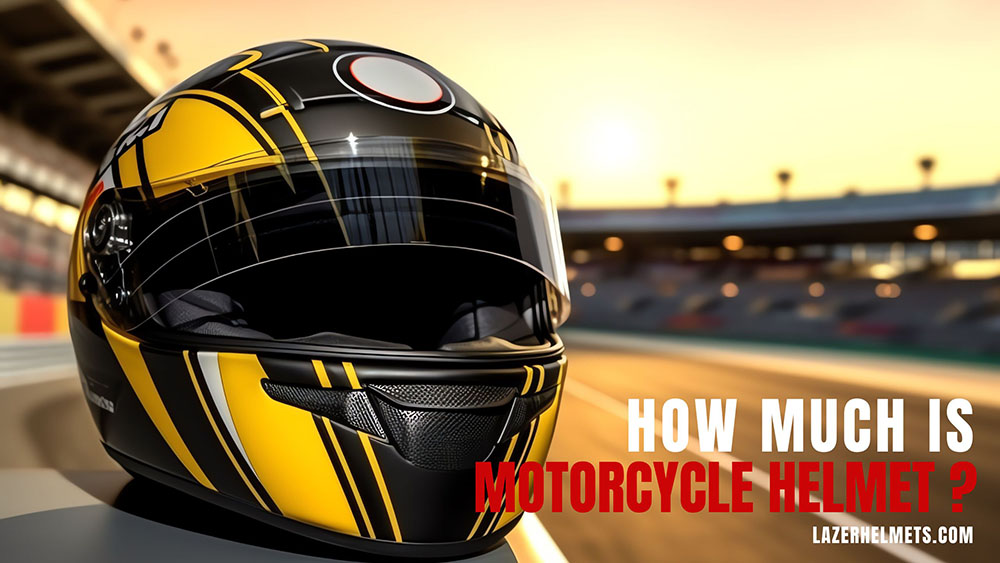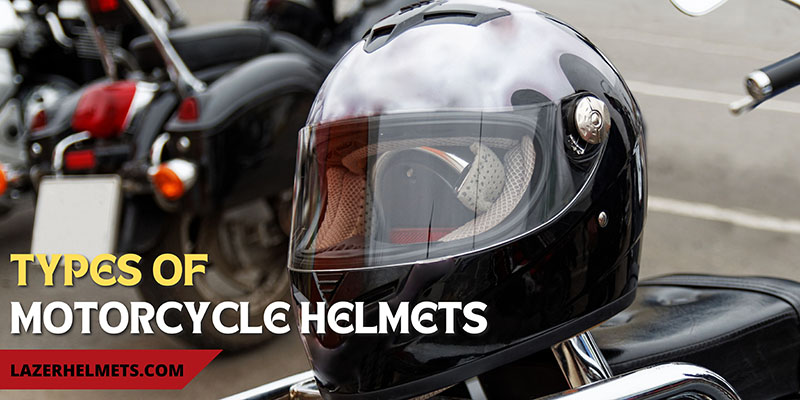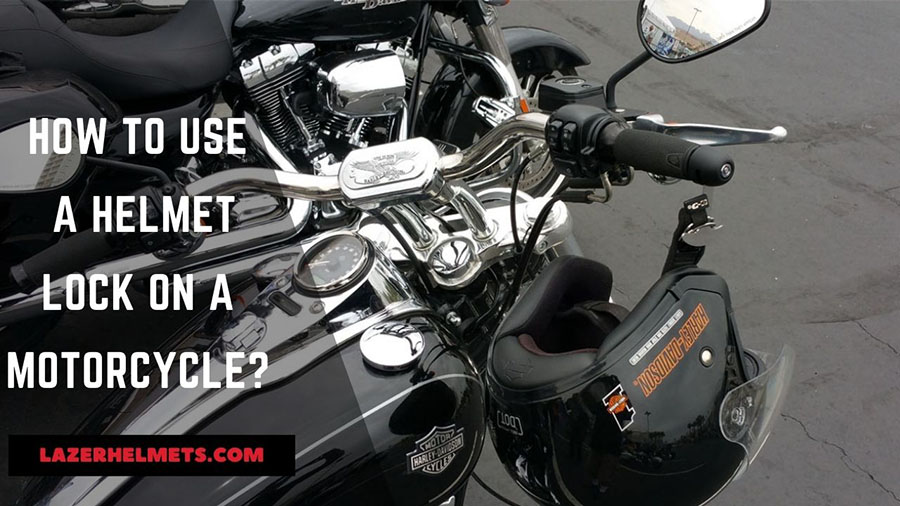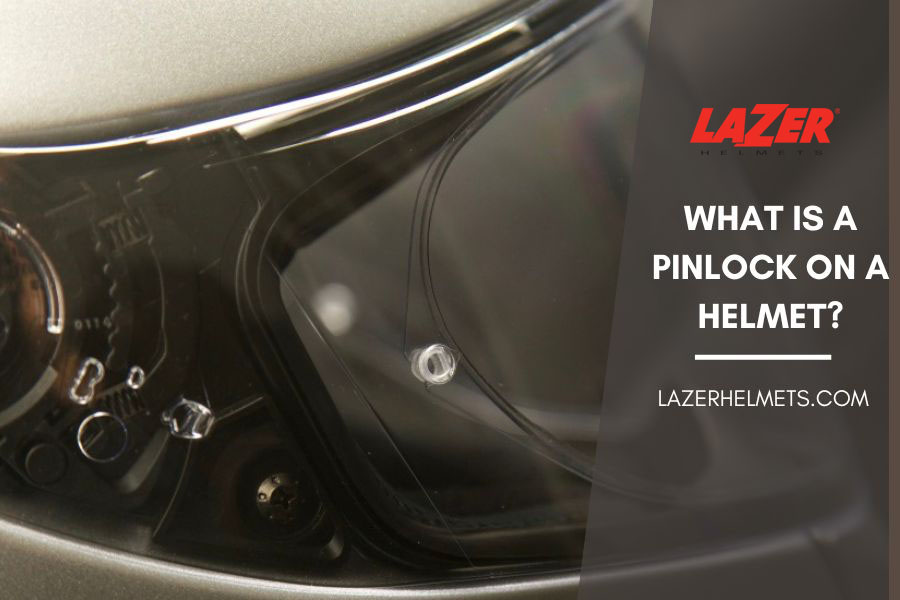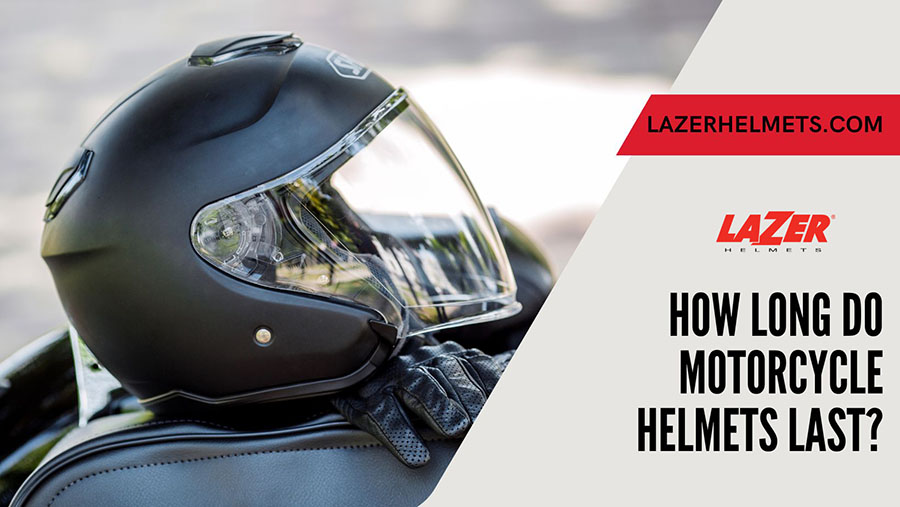Safety helmets are straightforward; you only need to put them on your head like any typical headwear. Simple, right? But things are a bit complicated when adult motorcycle drivers also wear glasses – and, for protection reasons, cannot take them off during their trips.
So what to do in that case – how can you handle motorcycle helmet glasses without the motor vehicles encountering accidents/other risks? Turn to this article for the answer.
Table of Contents
4 Tips to Wear Your Glasses Under A Motorbike Helmet Screen
The guidelines will offer niche solutions for three types of glasses: prescription eyewear (for short-sighted/long-sighted people or other eye problems), sunglasses, and goggles.
1. Prescription Glasses
First, ensure to buy glass-friendly helmets that work well with your bike eyewear. Look for models that arrive with the temples’ groves and cutouts, which help accommodate the motorcycle glasses much better.
Furthermore, these types of headwear prevent the glasses’ arm from smacking your temples and touching the ears’ back; trust us, that could be quite painful!
Many types of protective helmets are available, but our favorites are open-faced and flip-up options, which allow you a better and easier experience than full-faced ones.
Likewise, find motorcycle-friendly glasses that you will have no trouble wearing under the helmet. They should feature thin, straight arms that can fit snugly under the helmet while not bending next to your ears, irritating or causing pain.
If you can, buy safety glasses with padded arms and rims, which provide even more comfort than traditional models.
Lastly, guarantee a proper helmet-glasses fitment and check whether they complement each other well.
Nobody wants the padding to drag their glasses and create extra pressure on their noise bridges! Such an extremely dangerous distraction is deadly on busy roads. So whenever you start taking off, confirm the spectacles sit comfortably in their position.
Another thing: NEVER wear your glasses over the helmet straps. This manner only flexes the glasses and subjects them to physical damage. Not to mention, you also look pretty ridiculous that way.
2. Goggles
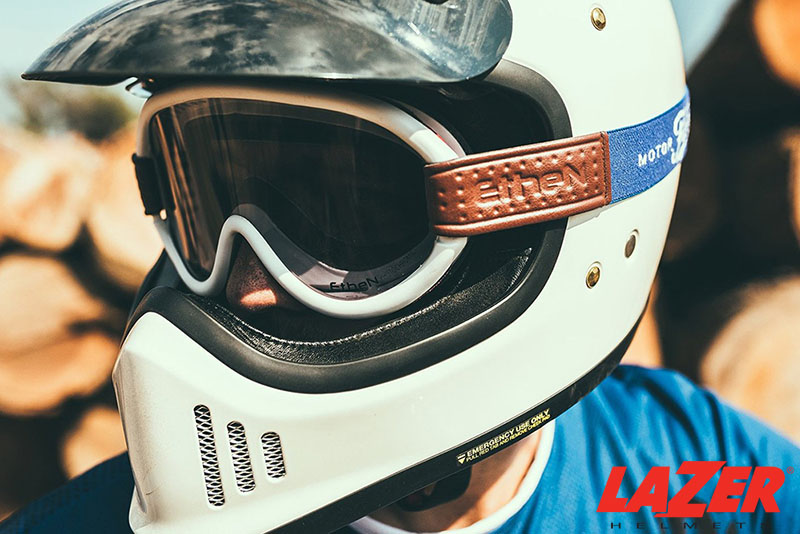
Those looking for eye protection against strong winds and breezes should get a pair of motorbike goggles. Well-made products will safeguard your precious eyeballs against flying debris, insects, winds, and other toxic substances that might hamper your adventurous enthusiasm or even result in unfortunate crashes.
Prescription goggles are also highly recommended, allowing you to see things more clearly during the trip.
So how to wear these goggles comfortably with a helmet? Here are tips to remember:
- Pair these goggles with a well-fit helmet model. Open-faced ones are your best bet, protecting your head during crashes while still exposing most of your facial parts. The goggles will take charge of safeguarding these remaining face features.
- Buy goggles with adjustable chin straps. For a more comfortable helmet-goggle experience, experts suggest getting adjustable straps made of fabric or leather. That way, you can change their placements accordingly without hassles.
3. Sunglasses
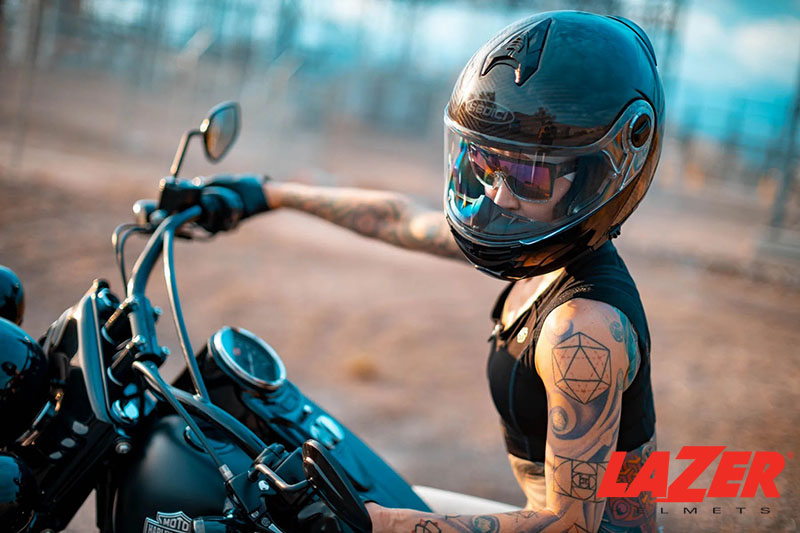
Even when you wear neither prescription glasses nor goggles, you still need something to protect your face against the harmful UV rays on sunny days. Nothing is better than high-quality sunglasses for UV protection!
Similar to the other two glasses, sunglasses also pose quite a few challenges when paired with a motorbike helmet, and people are still debating over the best way to wear them.
A common consensus among experienced motorcyclists is to put the helmet on your head first before placing the sunglasses outside its straps. Such methods enable you to see outside the glasses better; not to mention, you can take them down or put them on freely without affecting the modular helmets.
We also agree that wearing these glasses inside the helmet is not wise; they both make you look goofy and are incredibly difficult to pull off.
But still, there can be some exceptions when doing so is acceptable; for instance, should the glasses have thin temples, you can push them underneath the straps without encountering irritability or challenges.
4. Extra Tips for Choosing Motorbike/Bicycle Helmets
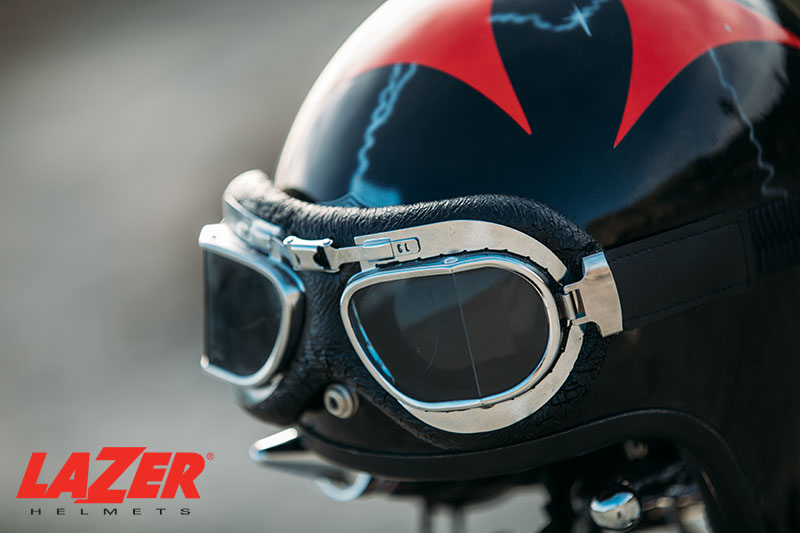
In all three cases listed above, the helmet types play a crucial role in deciding whether you will have a comfortable experience.
Aside from some basic features already listed (mostly for prescription glasses), note that high-quality headwear must also possess the following comfort/safety features:
- Internal cut-aways that have sufficient spacing
- Soft cheek pad/Silicone tips to let your glasses slide easily
- Small gaps next to the eyes (with no padding)
- Sturdy sun visor locks or visor ports
- A lot of venting (ex: visor vents) to counterattack fogging issues.
- Wide front openings (such as bike helmet options)
- Face padding’s peel-away foams to personalize your fit
See more: How To Measure Head For Helmet?
Precautions for Safe Riding When Wearing Glasses
Sometimes, fogging (or worse, dirt and grime) can still slide its ugly head under your protective gear and impair your vision. Here are quick fixes to take note of:
- Apply contact lenses or anti-fog products. All of them are pretty accessible at every large shop. With these devices on, you will no longer worry about surprise temp changes and unexpected fog.
- Pop the glasses several times. This method is only temporary – but still effective. The air will enter and blow off the fog for you.
- Buy fog-protective glasses/goggles. Our favorite solution; though it can be quite costly, these glasses ensure you can keep fog at bay permanently.
Conclusion
Our article has delivered excellent tips to help confused first-timers wear glasses motorcycle helmet efficiently throughout the rest of their trips.
Of course, certain mishaps (such as vision impairments) are sometimes inevitable, so keep in mind the extra precautionary methods we provide in the latter half to ensure your motorcycle safety.
For more advice and support about the type of helmet with glasses, inbox us or leave your comments below.
See also:

